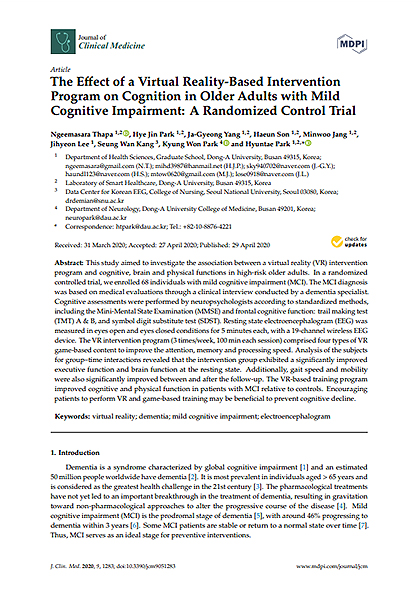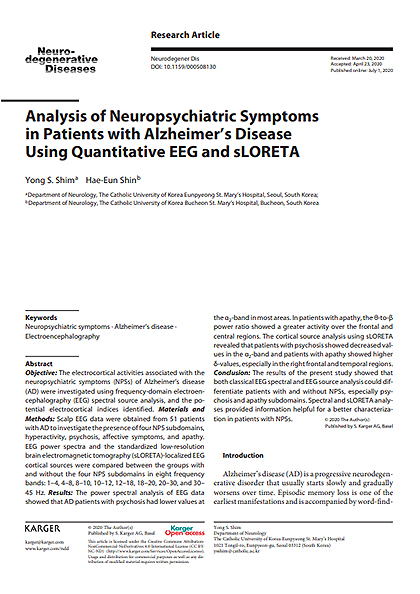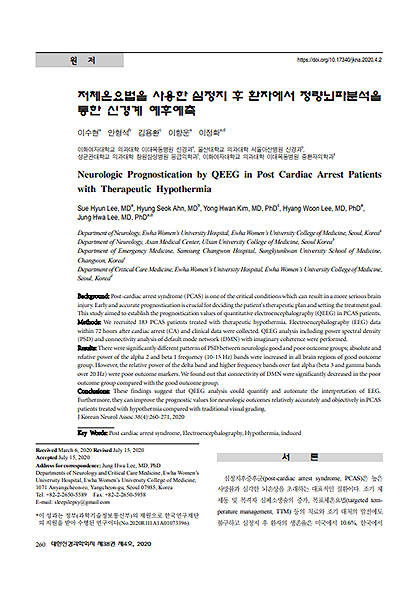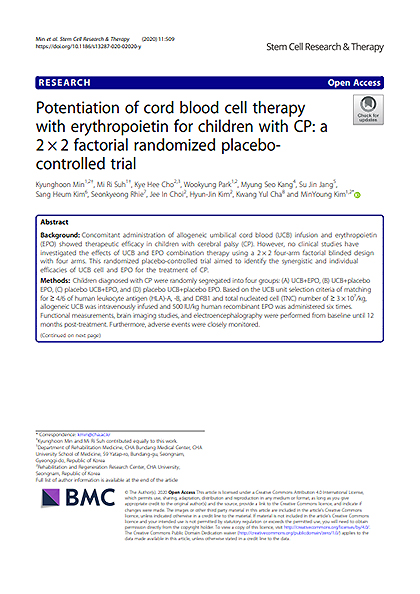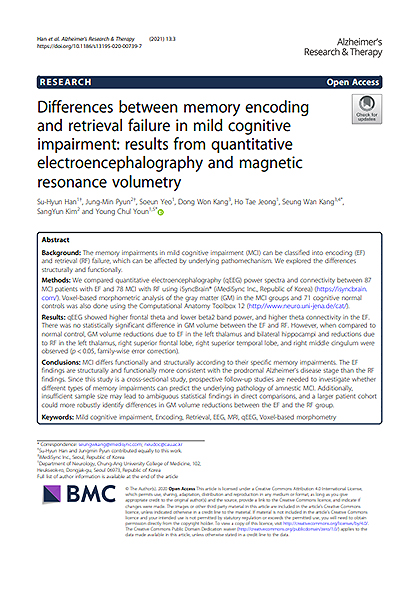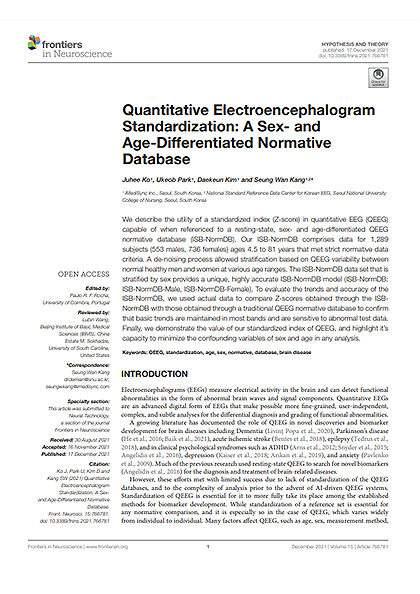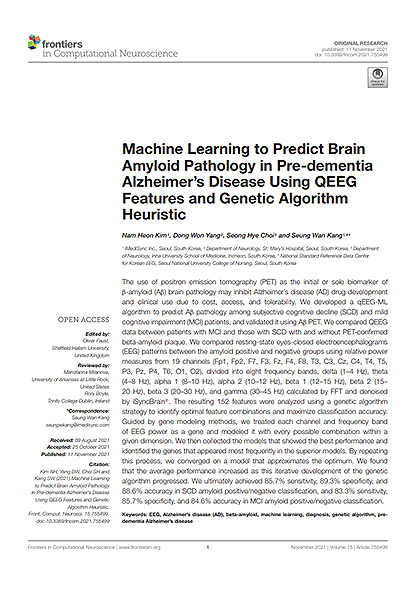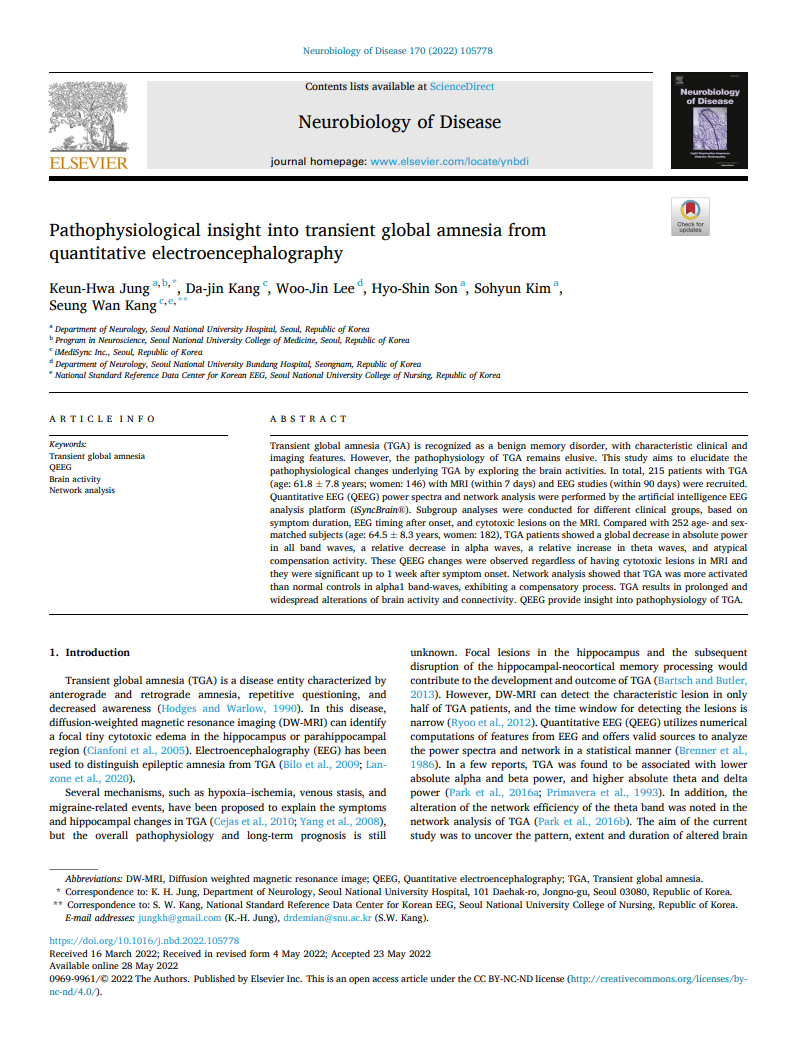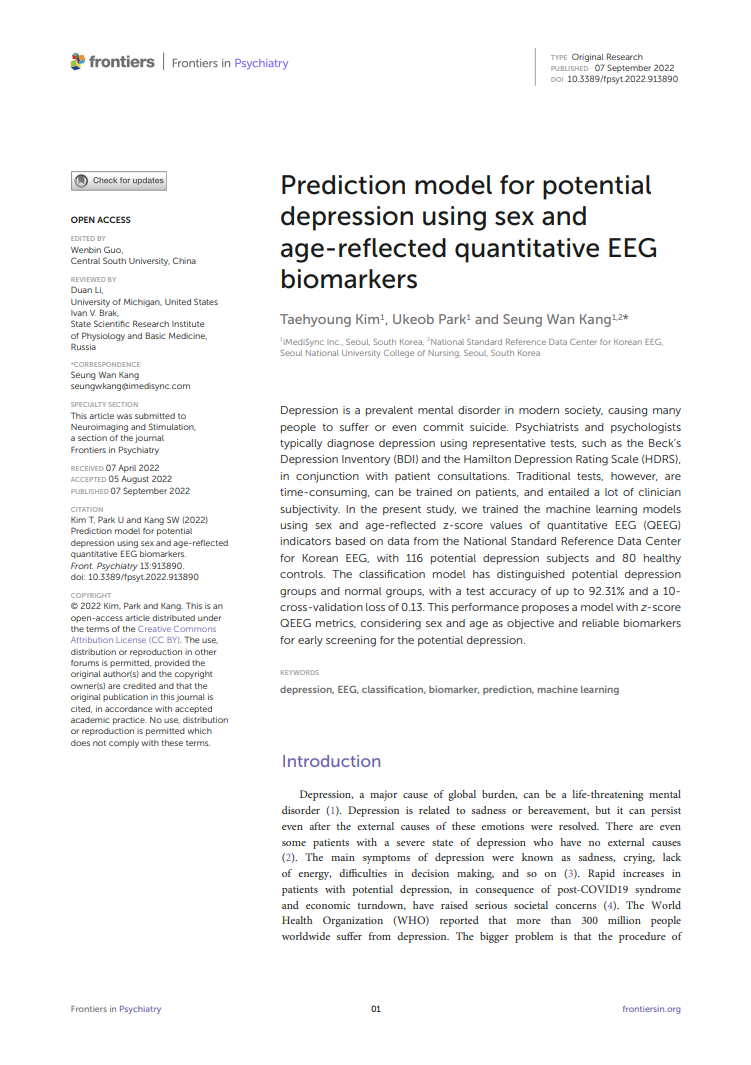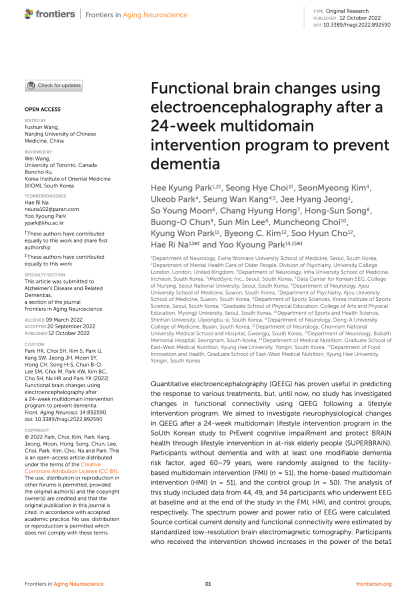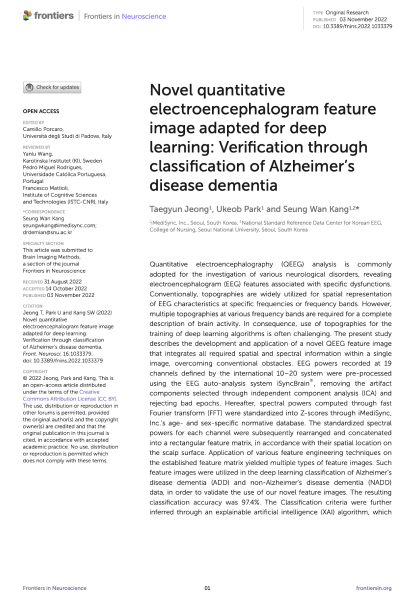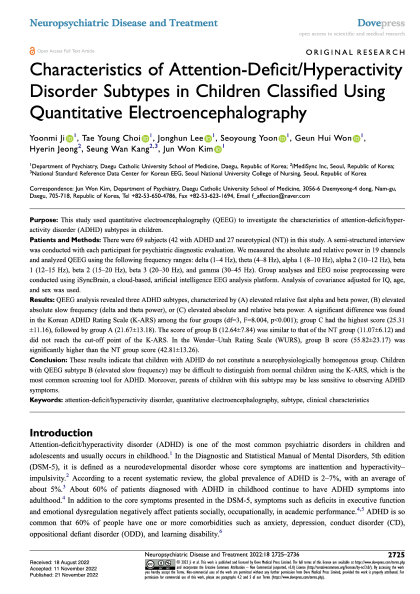RESEARCH
Publications
Peer reviewed iSyncBrain core research results and clinical studies using iSyncBrain methodologies
Research and business development that presents a QEEG guided paradigm for the diagnosis and treatment of mental disorder
Using iSyncBrain’s standardized automated EEG analysis and machine learning modeling platform, we process clinical data of target diseases and jointly develop biomarkers. In conjunction with innovative iSyncWave simple measurements, it can be used for early screening of various diseases in various clinical circumstances, including predicting drug responses and monitoring intervention
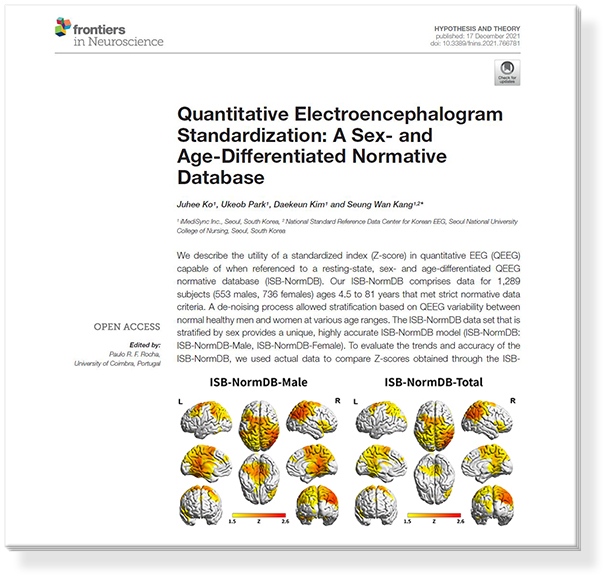
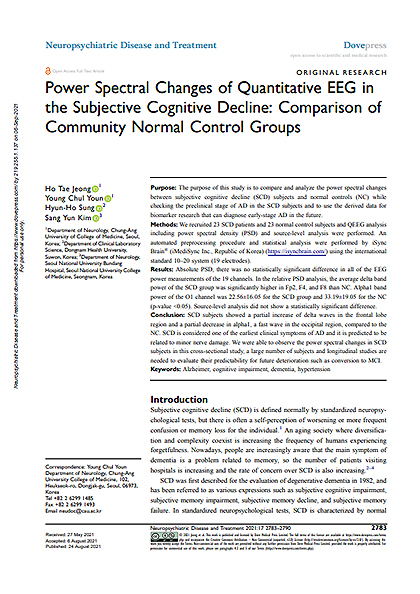
Power Spectral Changes of Quantitative EEG in the Subjective Cognitive Decline: Comparison of Community Normal Control Groups
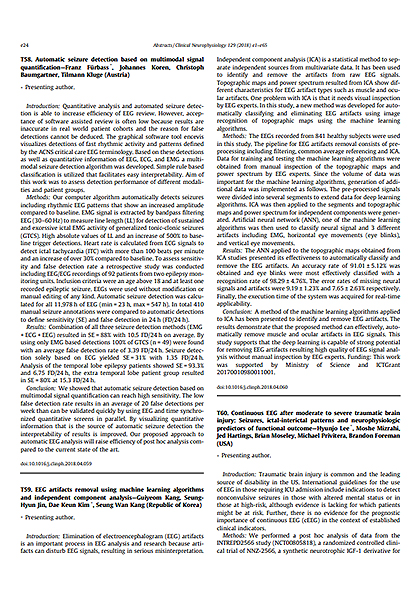
T59. EEG artifacts removal using machine learning algorithms and independent component analysis
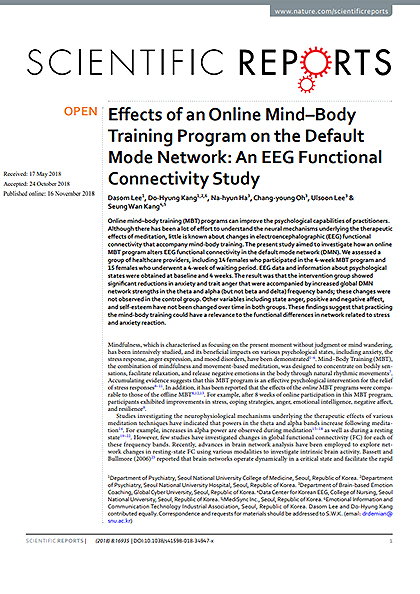
Effects of an Online Mind–Body Training Program on the Default Mode Network: An EEG Functional Connectivity Study

Novel QEEG feature image adapted for deep learning: Verification through classification of Alzheimer’s disease dementia.

PET-validated EEG-Machine Learning Algorithm Predicts Brain Amyloid Pathology in Pre-dementia Alzheimer’s Disease.
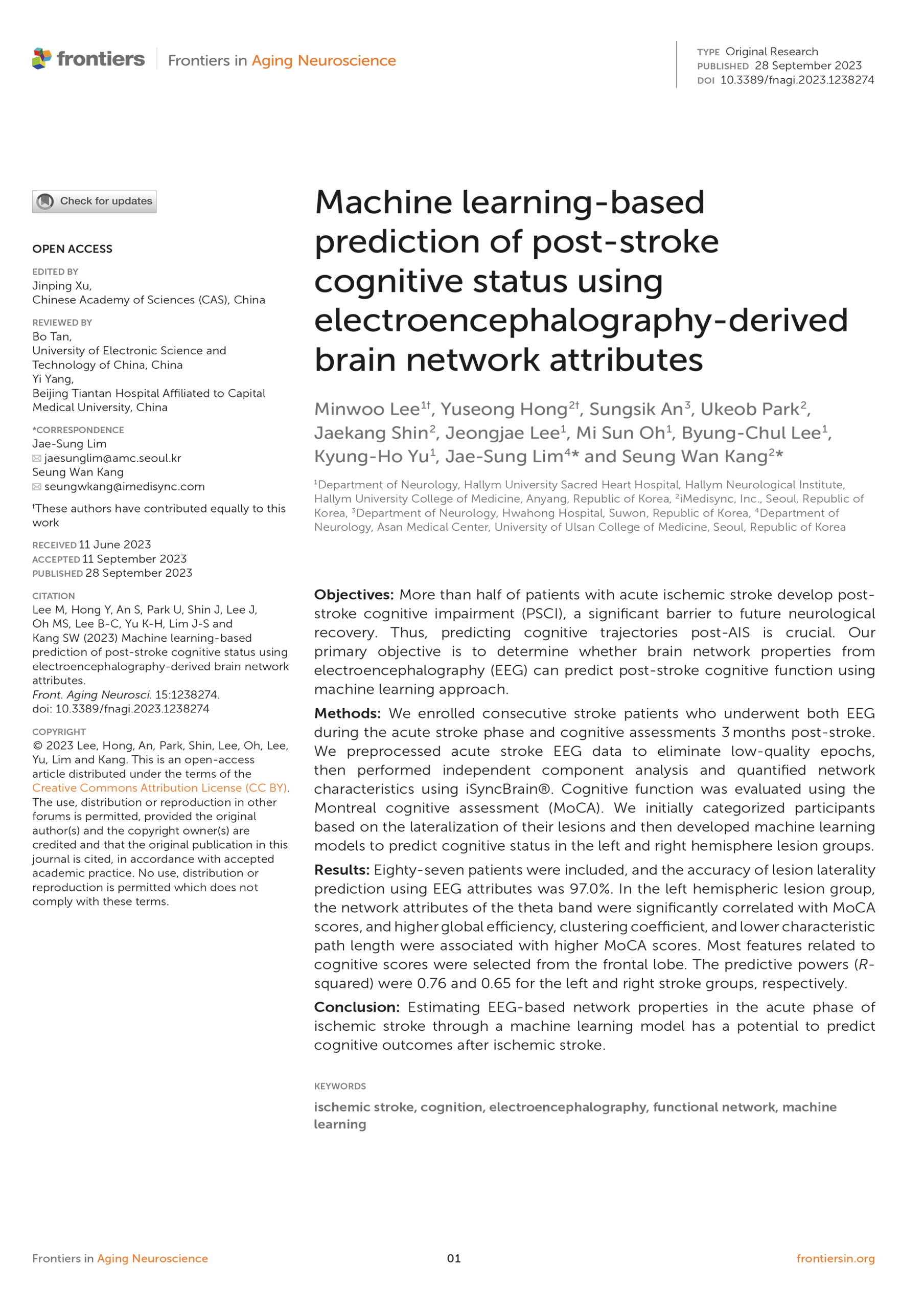
Machine Learning-Based Prediction of Post-stroke Cognitive Status Using Electroencephalography-Derived Brain Network Attributes.
.jpg)
“QEEG, the tentative biomarker for early screening of preclinical Alzheimer’s disease or progressiveness of subjective cognitive decline.”
-dementia-and-non-dementia-AD.jpg)
“Difference of Quantitative EEG between Alzheimer’s disease (AD) dementia and non-dementia AD.”
.jpg)
“Machine-learning based EEG biomarker for early screening of amnestic mild cognitive impairment (aMCI).”
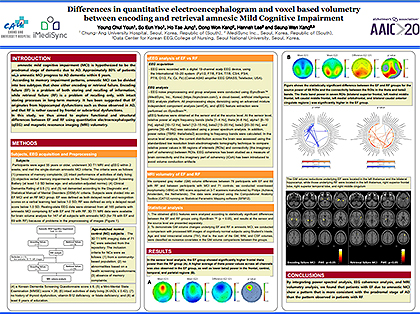
“Differences in quantitative electroencephalogram and voxel based volumetry between encoding and retrieval amnesic Mild Cognitive Impairment.”
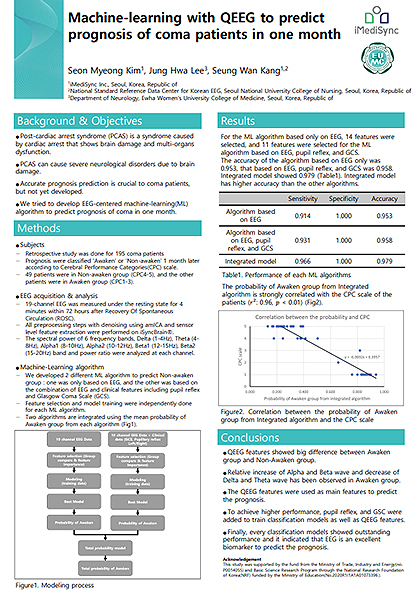
“Classification model to predict prognosis of coma patients with QEEG.”
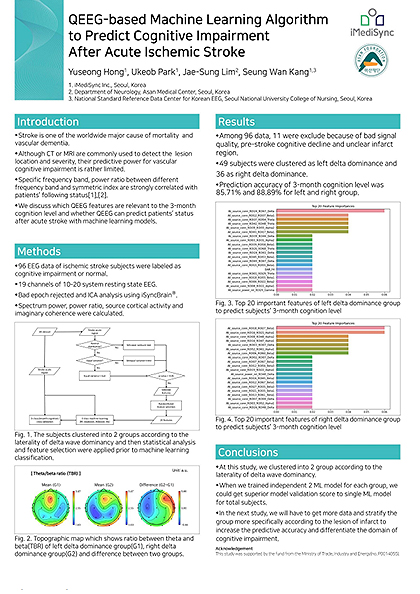
“QEEG-based Machine Learning Algorithm to Predict Cognitive Impairment After Acute Ischemic Stroke.”
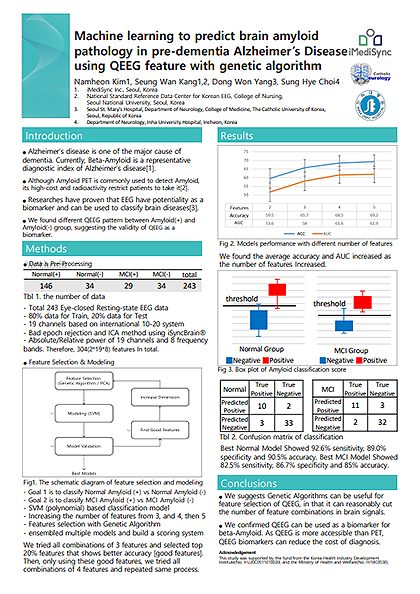
“Machine Learning Method For Brain Detection Using Steps Feature Selection Based On Genetic Algorithm.”
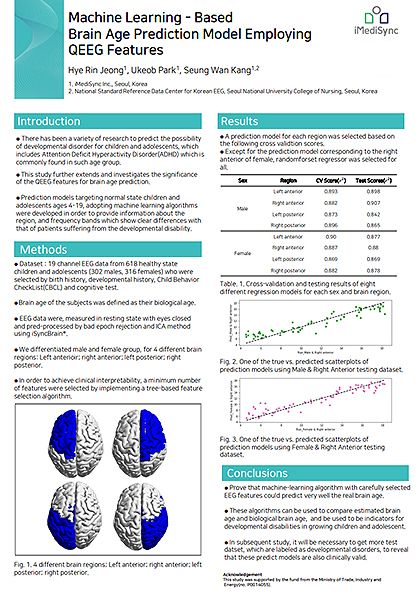
“Machine Learning Based Brain Age Prediction Model Employing QEEG Features.”
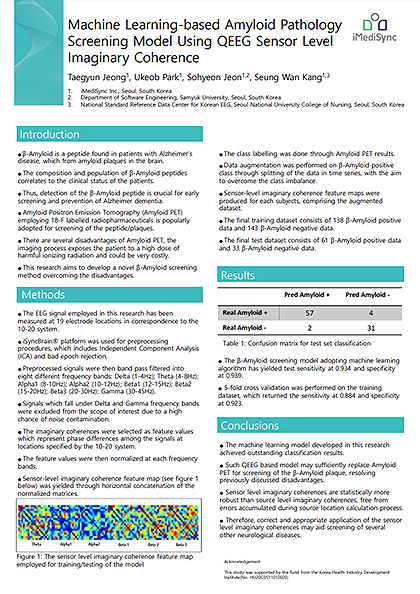
“Machine Learning-based Beta Amyloid Plaque Screening Algorithm Using Sensor Level Imaginary Coherence Map Extracted From QEEG.”
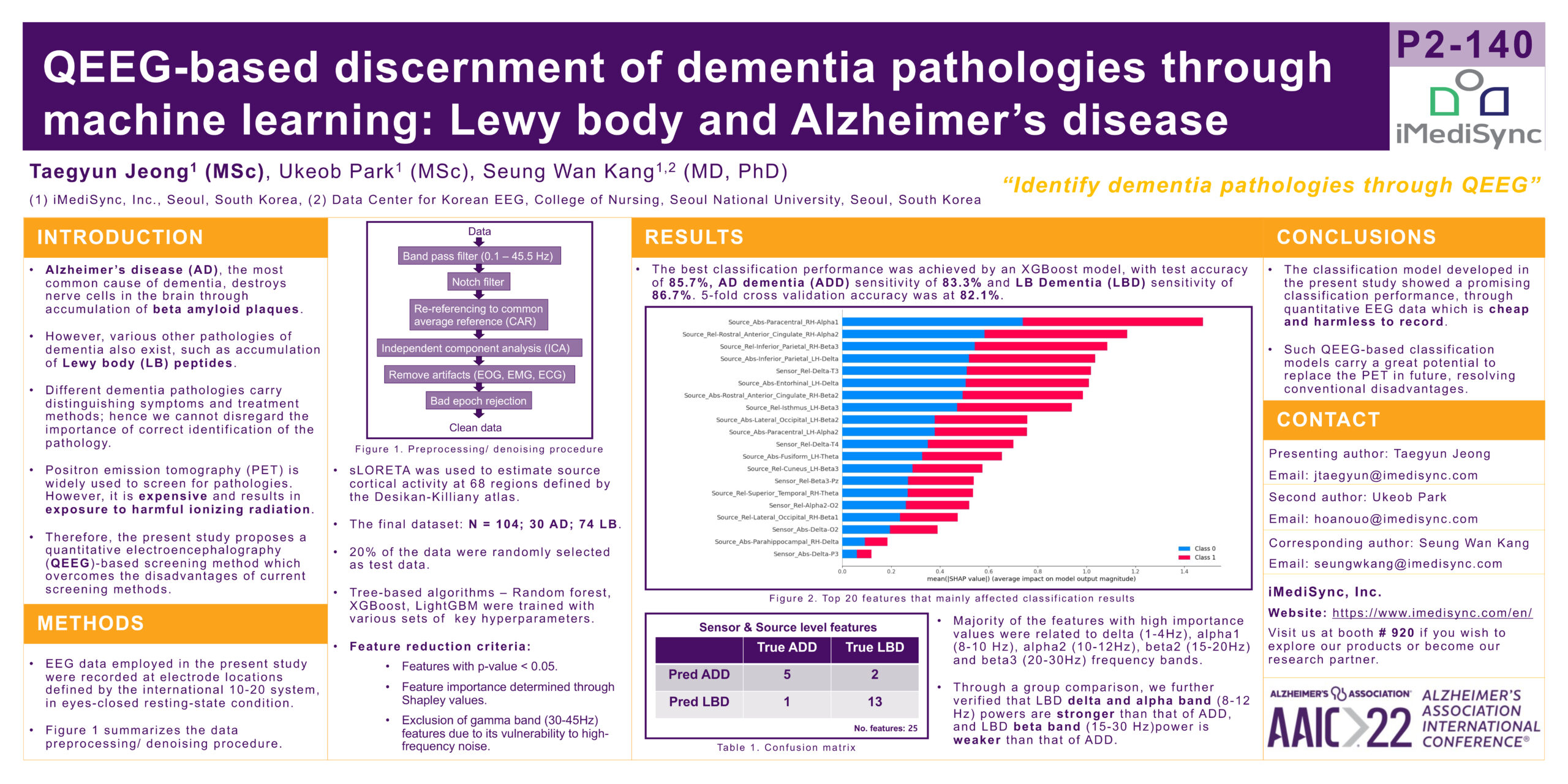
“QEEG-based discernment of dementia pathologies through machine learning Lewy body and Alzheimer’s disease.”
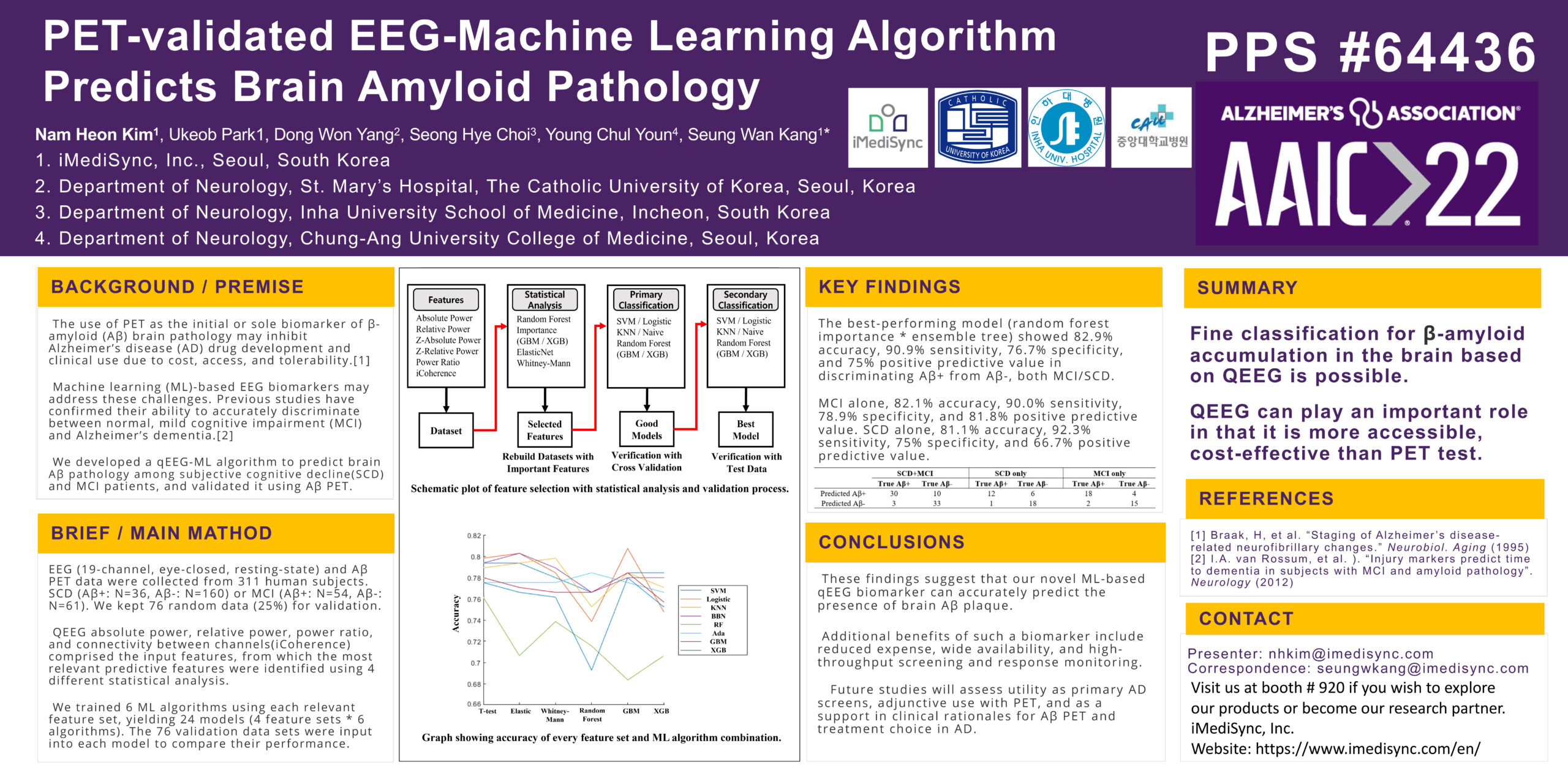
“PET-validated EEG-Machine Learning Algorithm Predicts Brain Amyloid Pathology in Pre-dementia Alzheimer’s Disease.”
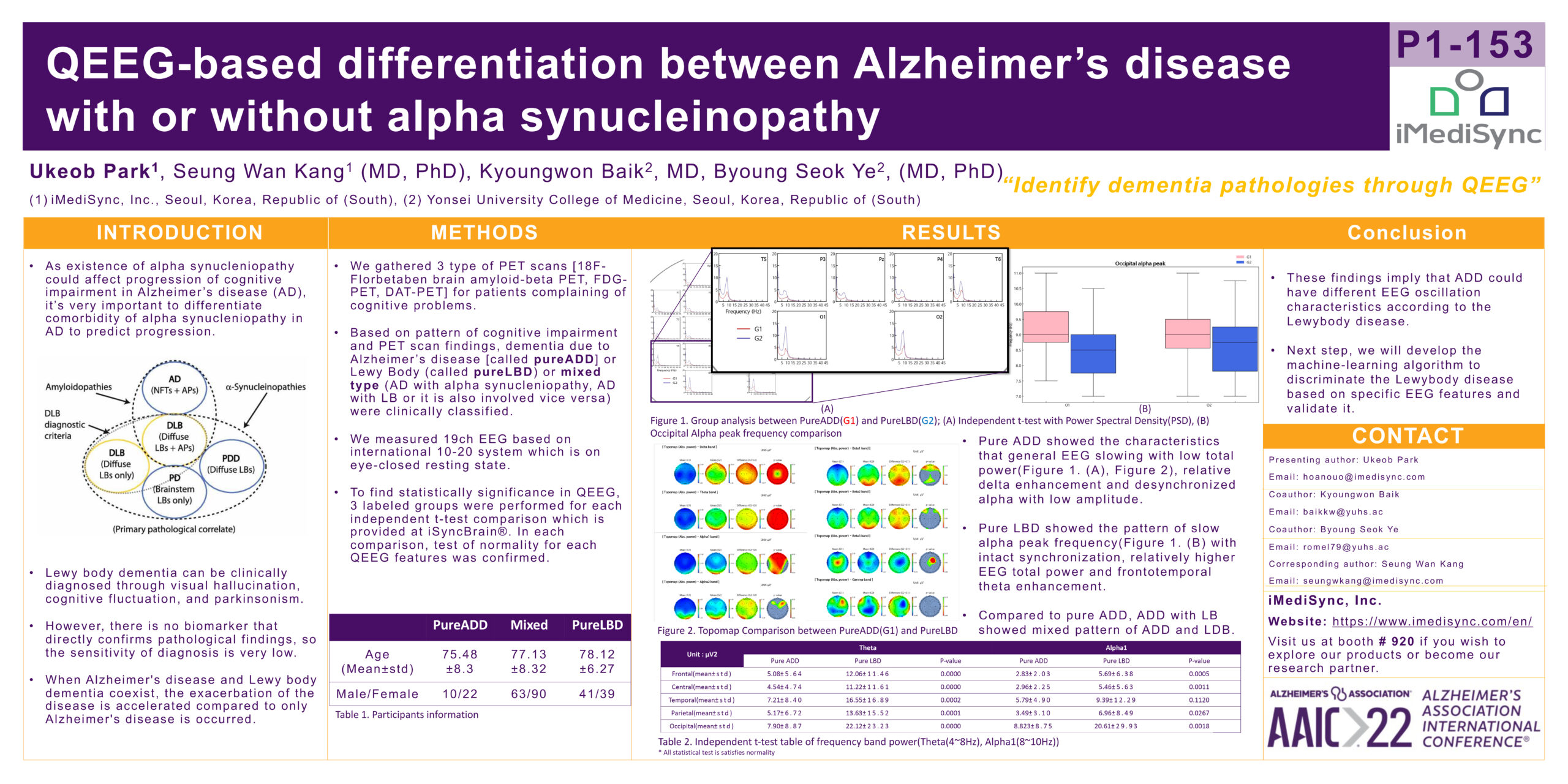
“QEEG-based differentiation between Alzheimer’s disease with or without alpha synucleinopathy.”
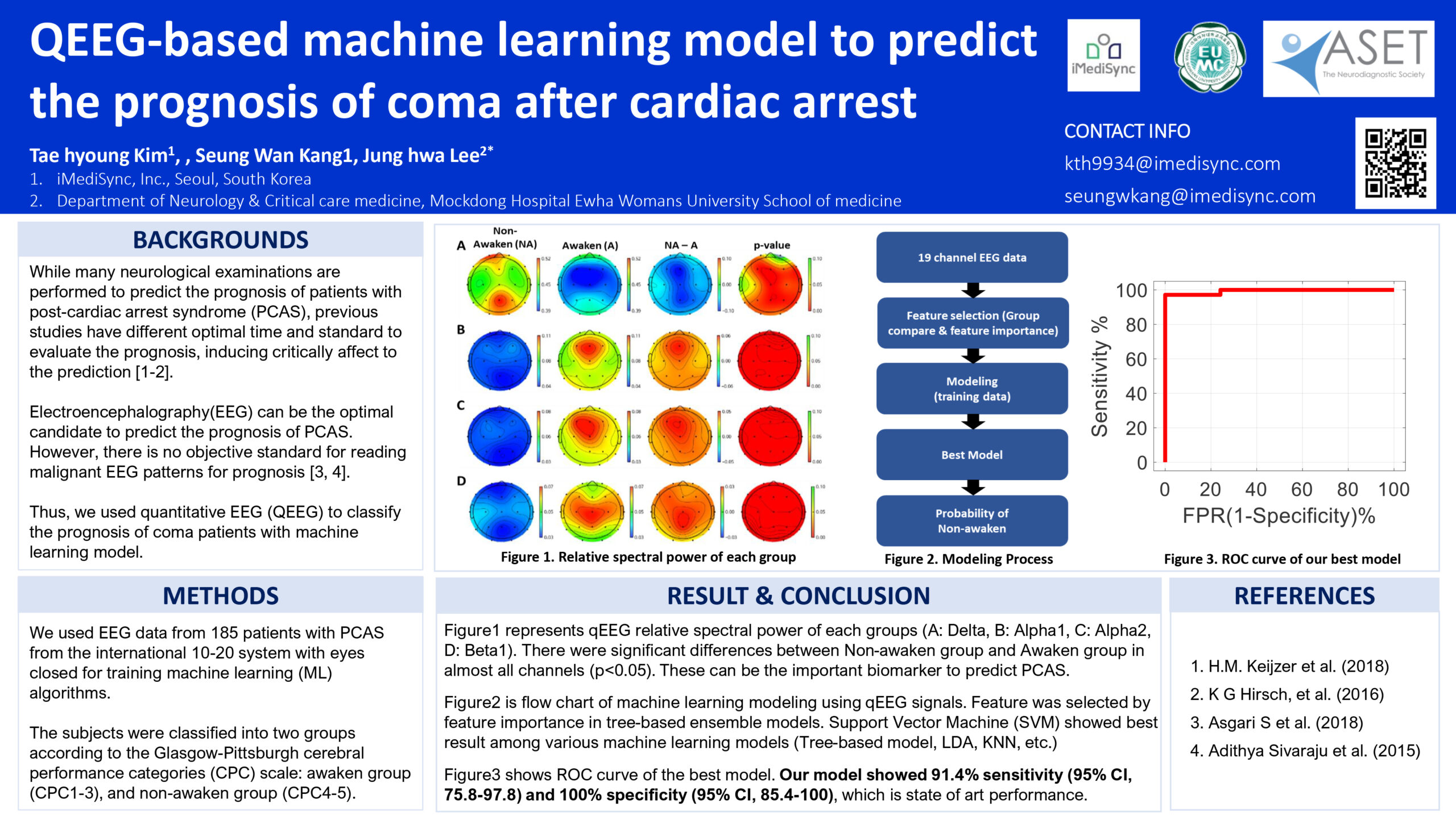
“QEEG-based machine learning model to predict the prognosis of coma after cardiac arrest.”
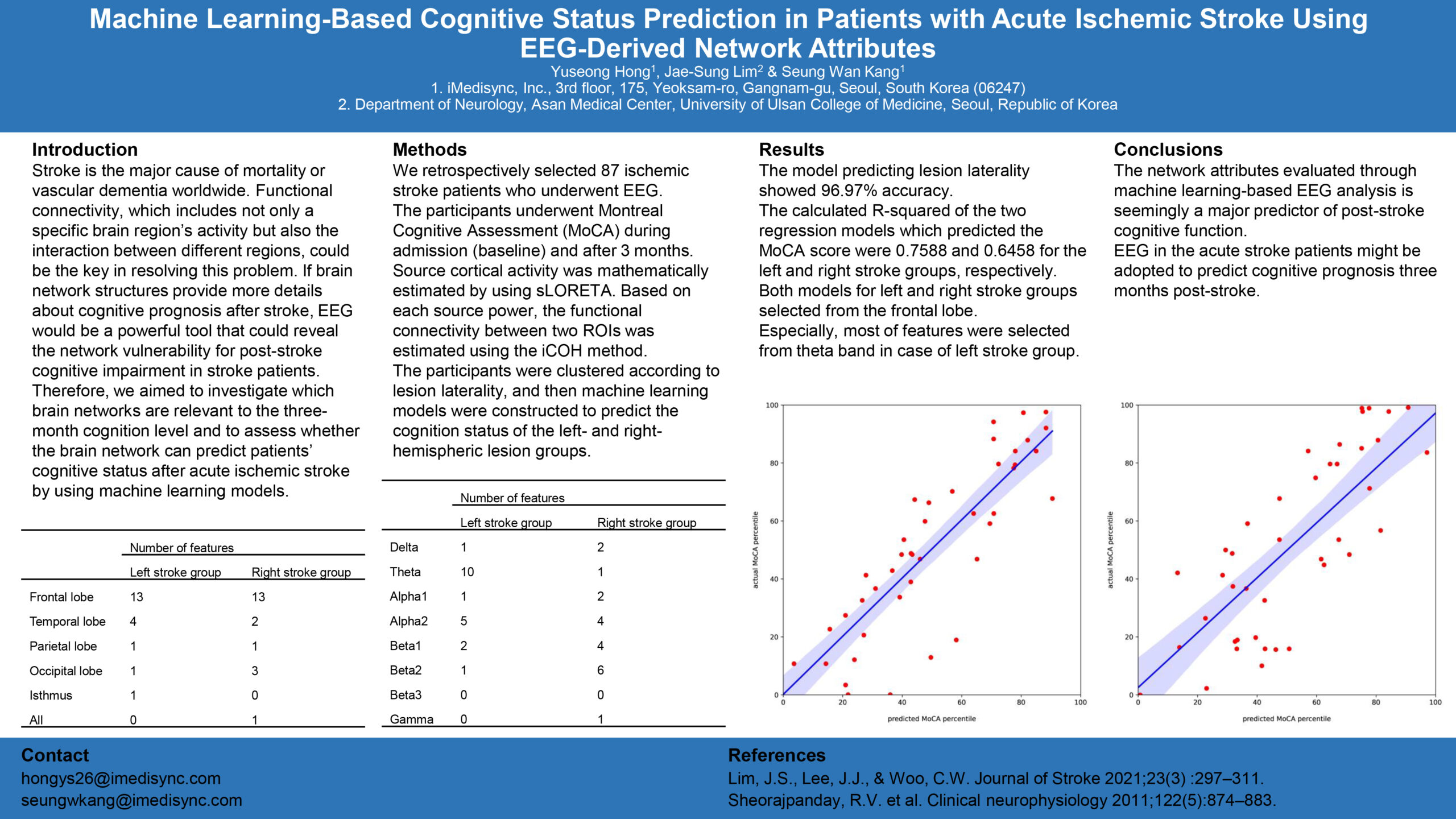
“Machine Learning-Based Cognitive Status Prediction in Patients with Acute Ischemic Stroke Using EEG-Derived Network Attributes.”
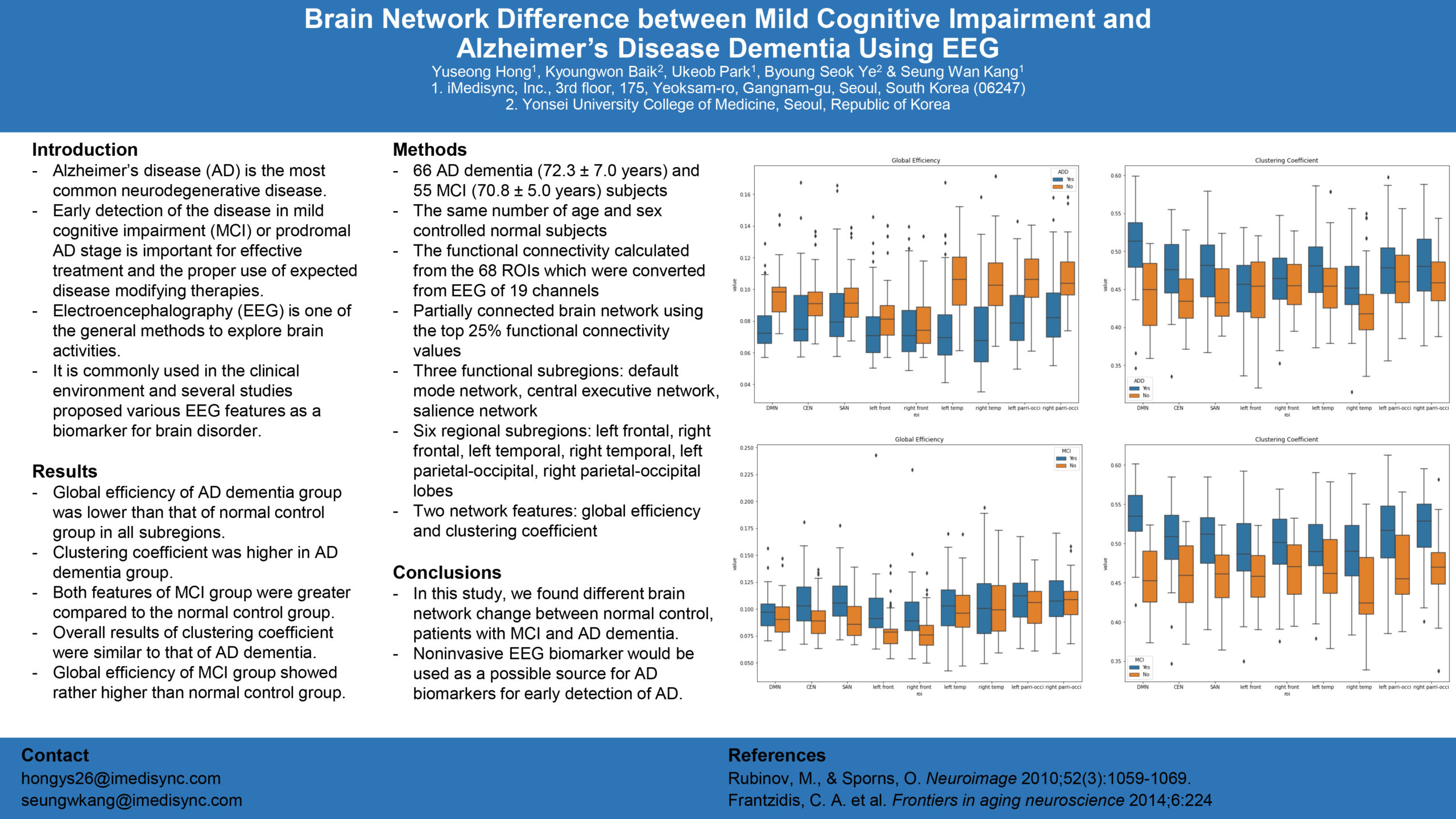
“Brain Network Difference between Mild Cognitive Impairment and Alzheimer’s Disease Dementia Using EEG.”
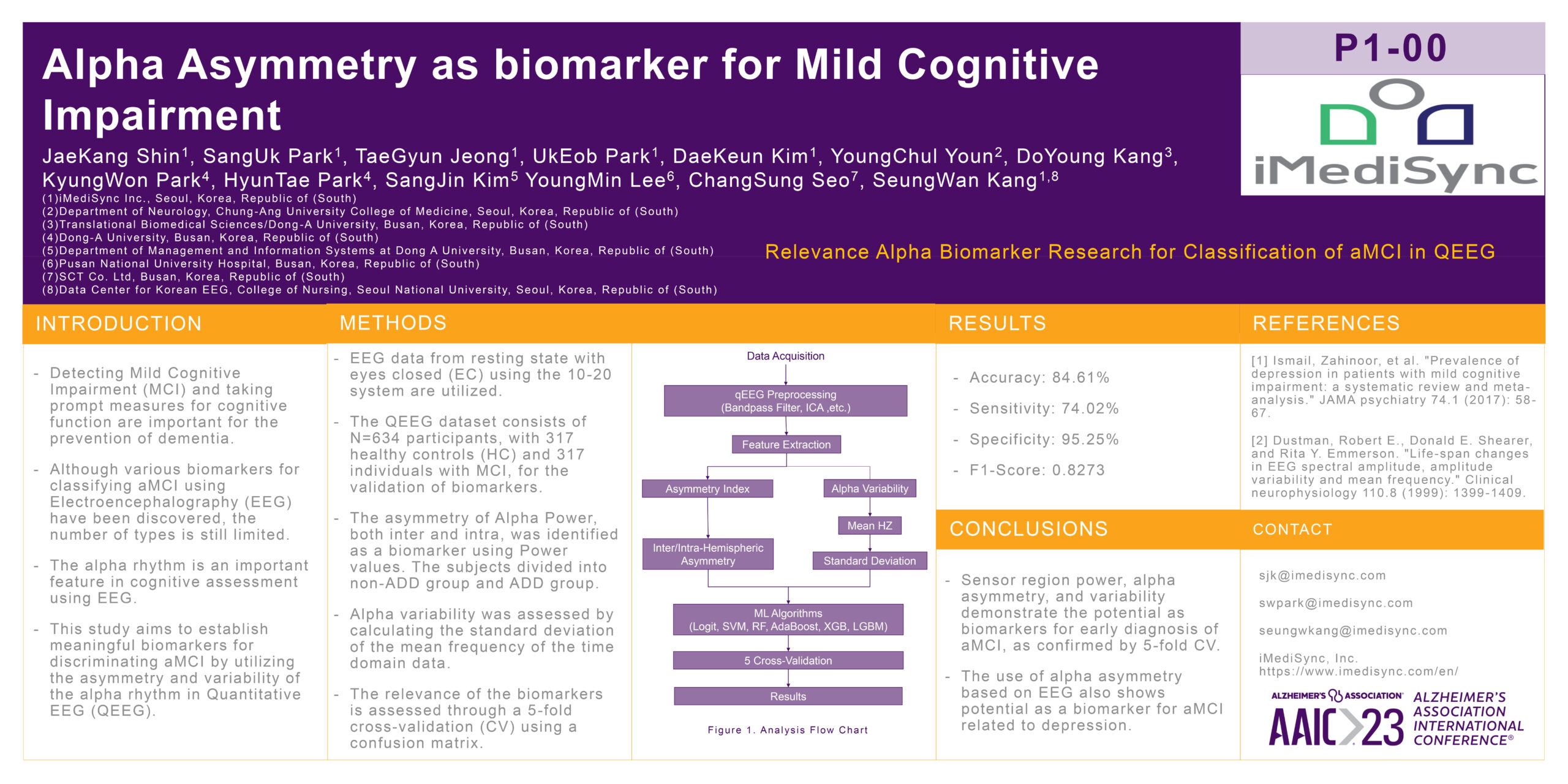
“Alpha Asymmetry as biomarker for Mild Cognitive Impairment.”
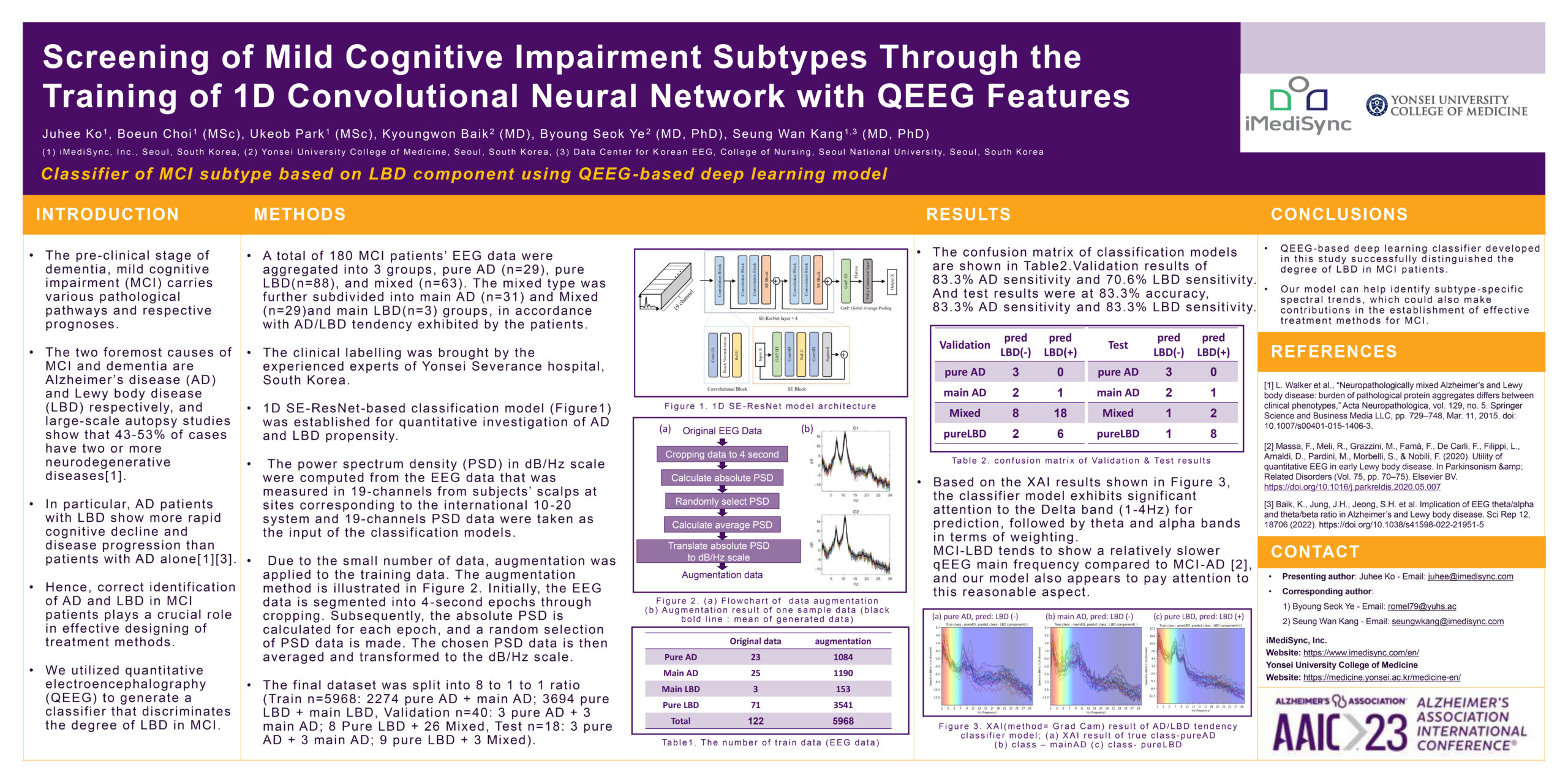
“Screening of Mild Cognitive Impairment Subtypes Through the Training of 1D Convolutional Neural Network with QEEG Features.”
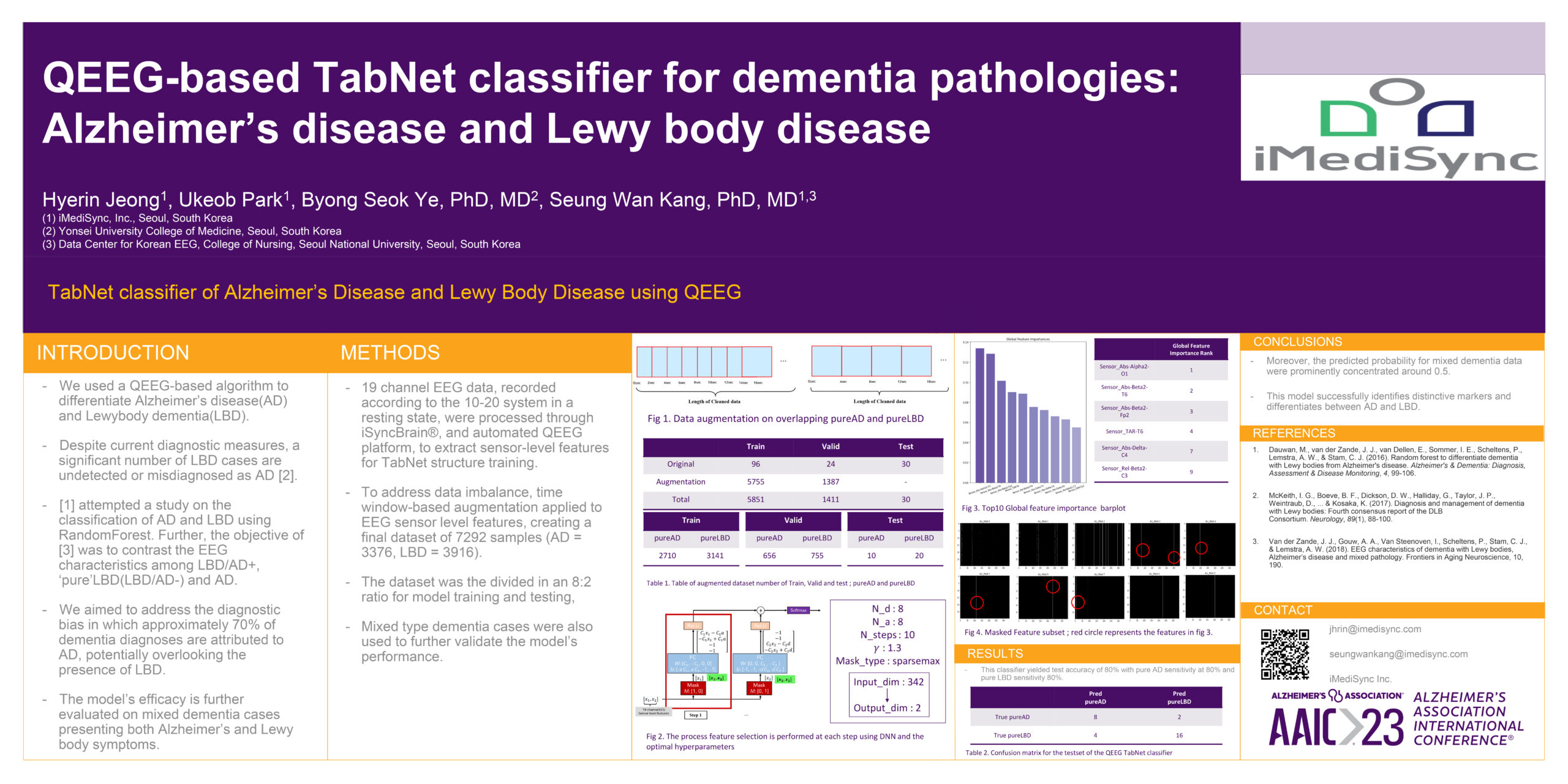
“QEEG-based TabNet classifier for dementia pathologies Alzheimer’s disease and Lewy body disease.”
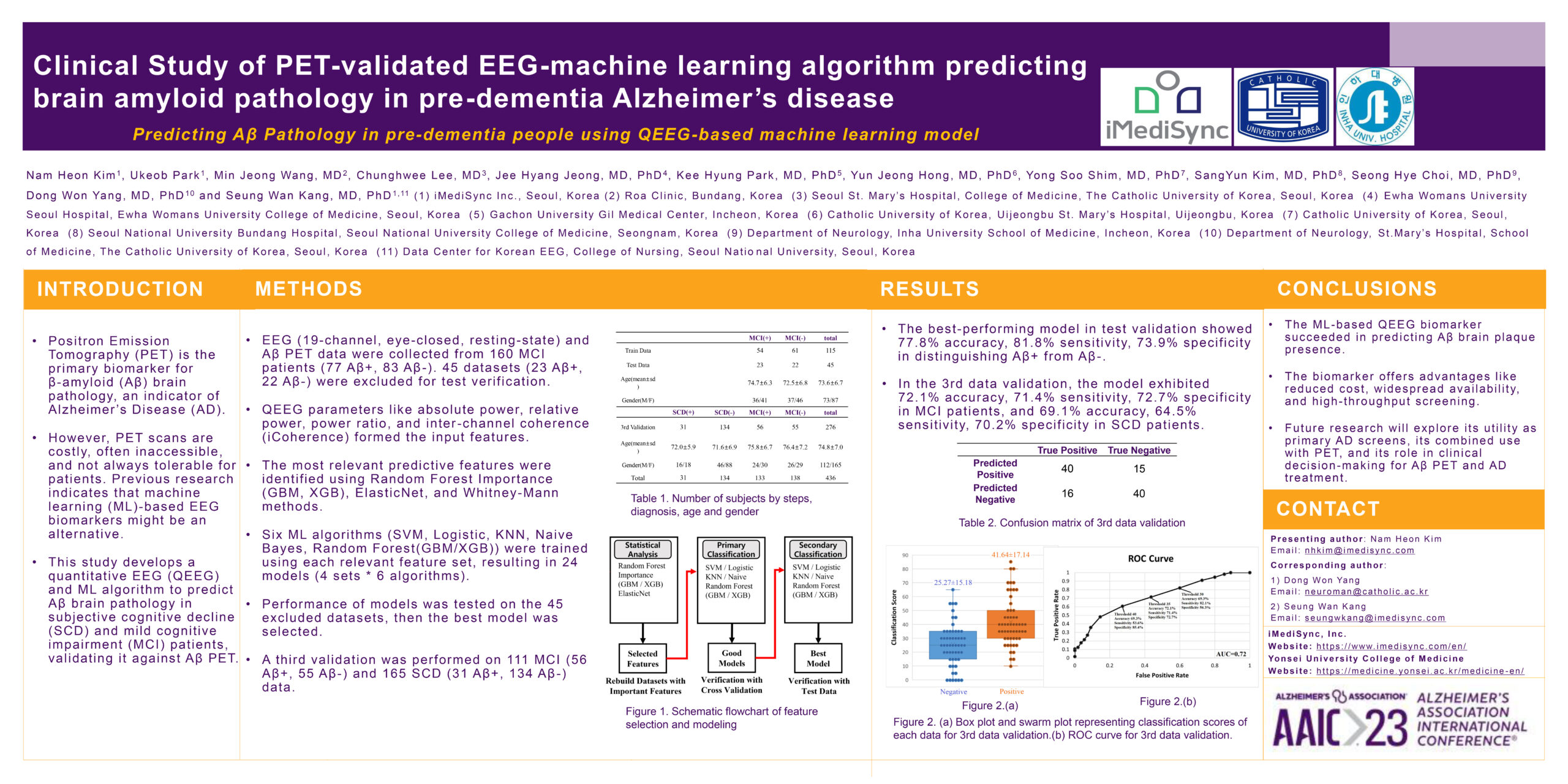
“Clinical Study of PET-validated EEG-machine learning algorithm predicting brain amyloid pathology in pre-dementia Alzheimer’s disease.”
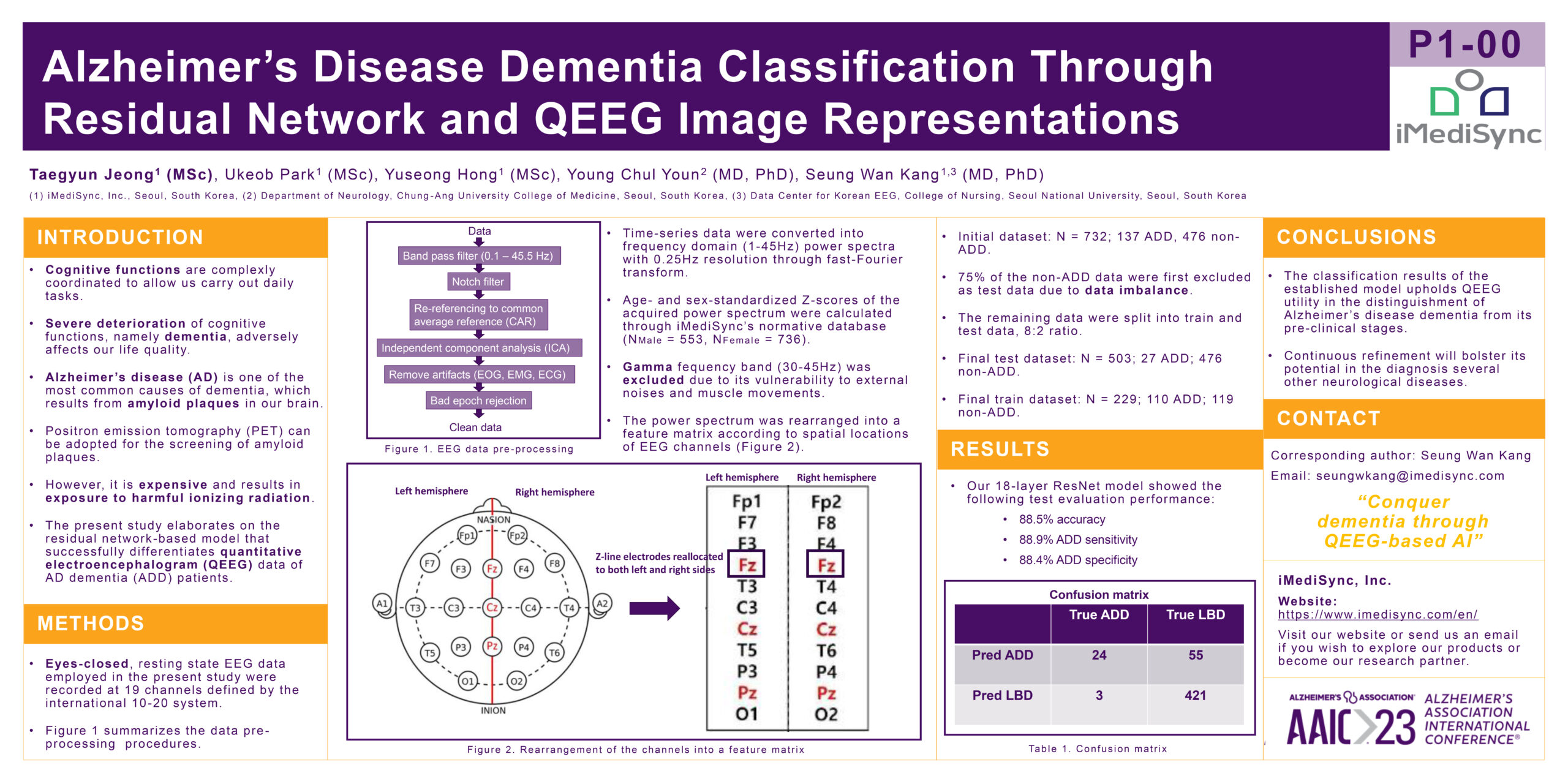
“Alzheimer’s Disease Dementia Classification Through Residual Network and QEEG Image Representations.”
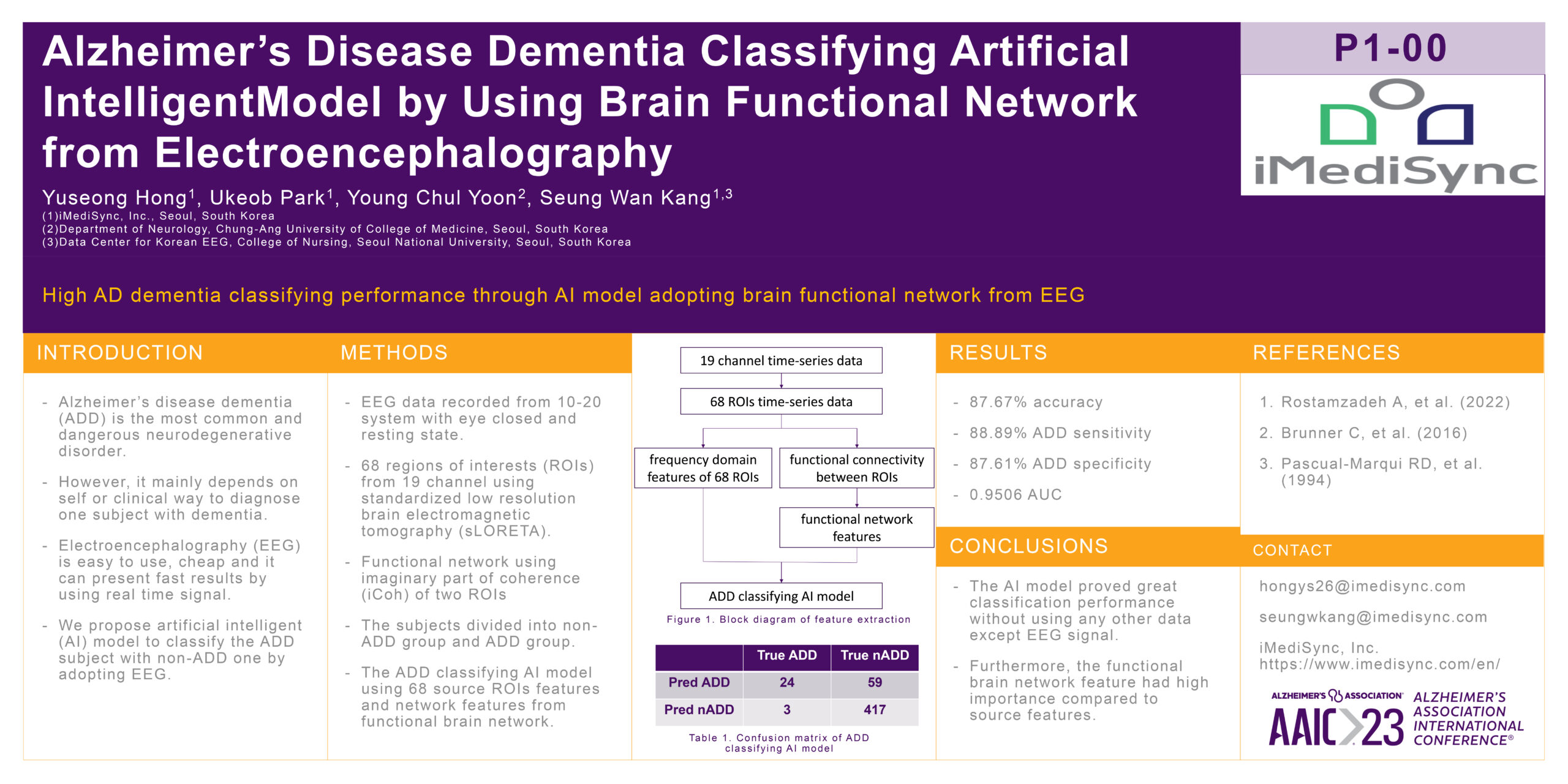
“Artificial Intelligence Model-based Alzheimer’s Disease Dementia Classification Using Electroencephalogram-acquired Brain Functional Network.”






